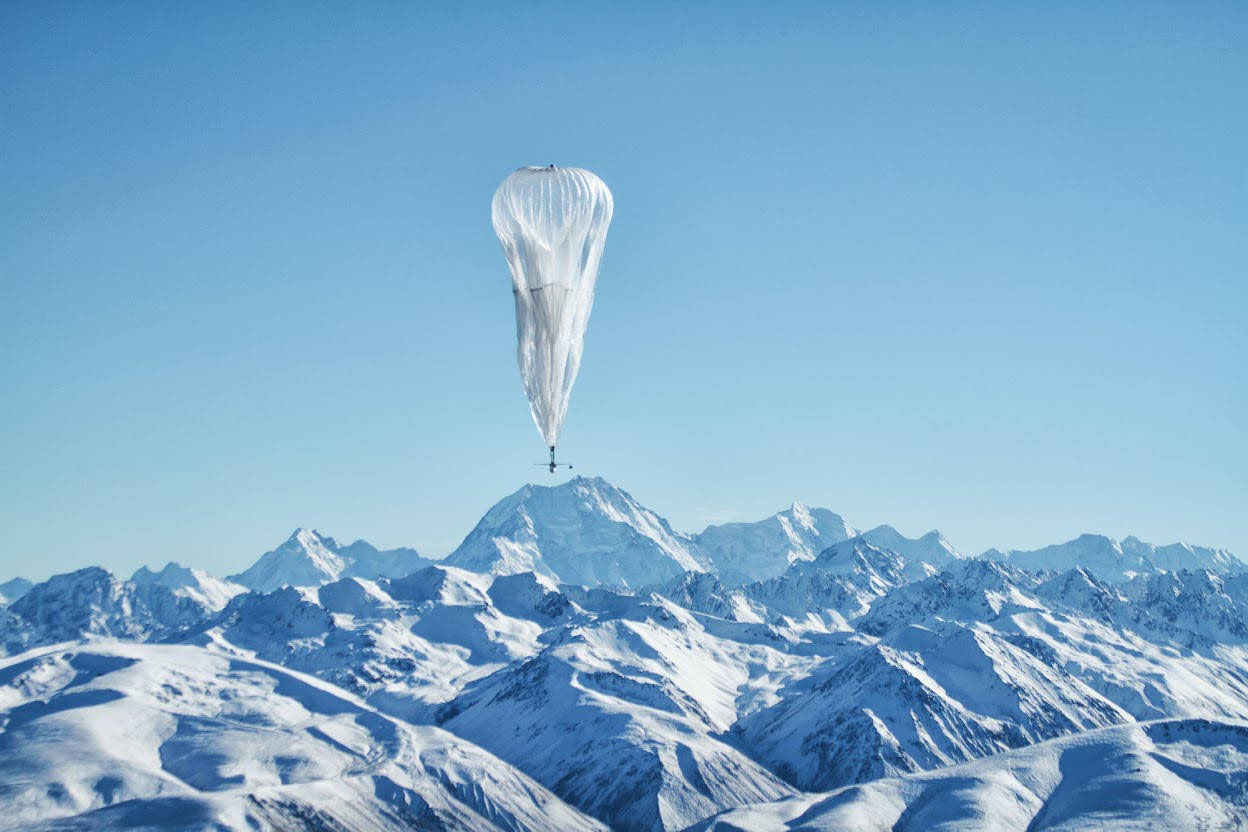
SpaceX, a private space company, launched a Falcon 9 rocket on February 22 (local time). At the launch, SpaceX launched two satellites for the Starlink test, a global Internet communications project using satellites.
In addition to the PAZ, a reconnaissance satellite commissioned by the Spanish government, the Falcon 9 rocket has two Microsat-2a and Microsat-2a satellites for testing star links. Of course, in addition to launching the satellite for Star Link, the launch also carried out rocket recovery, recycling technology test, and experiment to recover expensive parts called pairing.
The launch was successful. After 11 minutes of launch, both Paz and Starlink satellites succeeded in successful separation. When launching something like a satellite, a protective cover is placed on the conical part in order to protect it from high temperature. The protective cover costs $ 6 million, or 10 percent of the total launch cost of the rocket. Until now, the protective cover has been recovered, but it was dropped by the sea with a parachute. Space X, however, used a parachute and tested it to retrieve it into a ship with a huge net. However, this experiment in the sea has failed.

Going back to the point of course Of course, Star Link is an important part of this launch. StarLink is a project that aims to provide Internet services from anywhere in the world. The launch is the first step toward launching satellite global Internet communications services.
Google, OneWeb, and ViaSat are already planning or planning the global Internet communication service using satellite. Space X is also the same. One of the biggest advantages of satellite communication services is that it can build an internet communication network for wide coverage anywhere, even if there are no complicated facilities such as base stations or cables on the ground. It is expected to be highly utilized in developing countries including Africa where Internet infrastructure is not enough yet.
Space X has already been preparing for a long time, including submitting an application for building a satellite Internet to the Federal Communications Commission (FCC) and the Federal Communications Commission in 2016. Elon Maersk, who appeared in Space X’s own event in 2015, said he was interested in building a huge global communication system and said he was working on building an Internet environment that could be used in all places on the planet as well as in space.
In 2016, SpaceX filed an application with the FCC that said it would launch 4,425 satellites in 2019 from low altitude 1,150 km to 1,325 km altitude. HughesNet, which is currently providing satellite Internet services, is supposed to keep satellites in low orbit, as opposed to deploying satellites in medium orbit, at an altitude of about 35,000 km.
What are the advantages of the Internet using low-earth orbit satellites? In the case of satellite Internet communications, the delay between the Earth and the satellite is at least 600ms. But deploying satellites on a low orbit closer to Earth is expected to reduce this latency to 25 to 35 ms, just like the wired Internet. It is not comparable with conventional satellite communication service because it is communication service level using optical fiber. In addition, the satellite communication capability described in the application is 17-23 Gbps per gigabyte of downlink capacity. Initially, it will deploy 800 satellites to provide global broadband connectivity, and once all satellites have been deployed, they will build a global network, from equator to polarity.
Space X plans are now becoming reality. If SpaceX is licensed to provide Internet services using satellite, it will become the fourth company to receive FCC accreditation following OneWeb, Space Norway, and Telesat. Ajit Pai, chairman of the FCC, said that if Space X is approved, it will be the first Internet communication service using next-generation low-earth orbit satellite technology provided by US companies. In the case of the Starlink Demo satellite launched this time, the FCC has already submitted documents and has already been approved. Chairperson AziTi positively acknowledged that companies such as Space X are using innovative technologies to improve satellite Internet communications services, and that satellite technology is beneficial to those living in remote or rural areas where communications base stations are not reachable. He added.
According to documents submitted to SpaceX by the FCC, the StarLink satellite launched this time is for engineering verification and is for evaluation of space or ground based technologies. The StarLink satellite, which is launched at this time, has an altitude of 511 km. However, as mentioned earlier, when the full-scale service starts, the altitude will go from 1,110 to 1,325 km.
Starlink’s full-service satellite launches in 2019, but it will be 2024 to launch all 4,425 units. If SpaceX provides Internet service as planned through StarLink, it will be able to expect huge profits. According to the Wall Street Journal, Space X estimates 40 million users in 2025 and $ 3 billion in annual revenue through internal data.

In 2013, Google announced Project Loon, which allows users to access Wi-Fi networks around the world using hot-air balloons. Google has also acquired Titan Aerospace for development of drones to stay in the sky for a long time to help with Internet communications, and Facebook has acquired Ascenta, the same drones developer, have.
https://youtu.be/eOez_Hk80TI
OneWeb also announced a joint venture with Airbus in 2015 and jointly designed and manufactured 900 small communication satellites. Wonweb, like Space X, aims to build a global Internet service network by putting satellite on low earth orbit. Wonweb is planning to manufacture small satellites under 150kg for less than 500,000 dollars and to put them into low orbit, and to communicate with 10 terabits per second. Wonweb will also start operating in 2019. The goal is to provide affordable Internet access to people around the world.
Global Internet services using drones or satellites can lead to greater market expansion. In Korea and other developed countries, the Internet environment is now commonplace. But it is said that only 2.7 billion people, or one third of the world’s population, can actually use the Internet freely. Two-thirds are still being isolated from the Internet. The Internet now has the power to change lives, but many are being ignored in this environment. A genuine global Internet age is about to open.



















Add comment